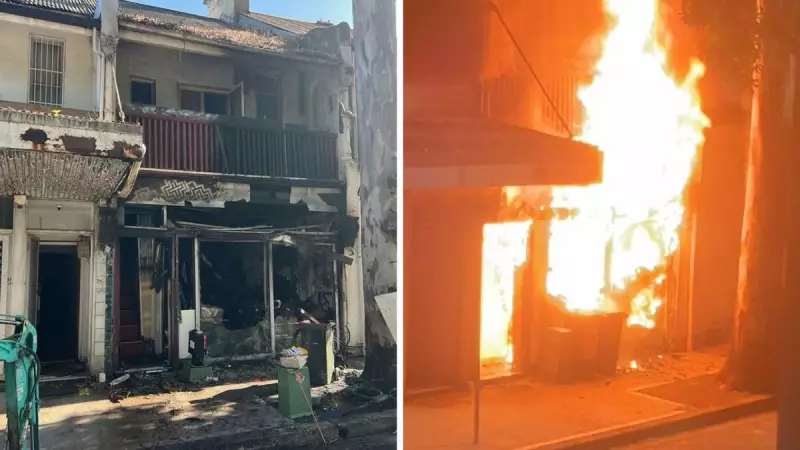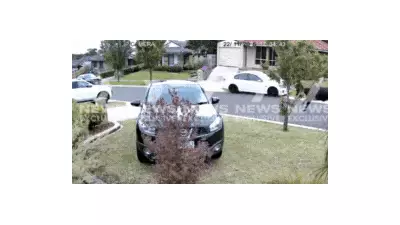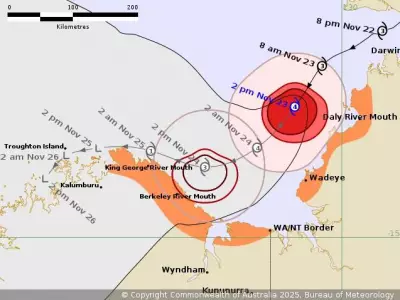
A fast-moving fire sparked by an e-bike battery has destroyed a two-storey terrace in Sydney's inner city, marking a disturbing milestone as the 100th lithium-ion battery fire involving e-rideables in New South Wales this year.
The early morning blaze erupted in Redfern on Friday, tearing through the Lawson Street property and forcing firefighters to battle intense flames that burst from the ground floor and spread to the second-level balcony.
The Redfern Incident: A Wake-Up Call
Fire and Rescue NSW crews responded to the emergency around 4am, finding the terrace engulfed in flames. Two adjoining homes were immediately evacuated as firefighters worked to contain the blaze and prevent it from spreading through roof spaces.
According to FRNSW investigators, burn patterns and statements from residents indicate the fire originated from a lithium-ion battery in an e-bike stored on the ground floor. The solid brick construction of the terrace helped contain the flames, bringing the emergency under control within approximately 30 minutes.
Miraculously, no injuries were reported despite the severity of the fire that left occupants to sift through the ruins of their home.
Alarming Statistics and Expert Warnings
Superintendent Adam Dewberry revealed that beyond the 100 e-bike and e-scooter fires, FRNSW has responded to approximately another 200 fires caused by batteries in other devices including power banks, phones, vapes, and even electric toothbrushes.
"And that's just the ones we know about," Superintendent Dewberry told 7NEWS.com.au, highlighting the growing concern around lithium-ion battery safety.
Fire safety expert David Lange, an associate professor from the University of Queensland, explained that lithium-ion batteries present unique dangers. "Thermal runaway, which is the mechanism by which batteries do become involved in a fire, can result in a pressure build-up inside of a battery cell followed by a sudden and quite dramatic release of combustible gasses," Lange said.
He emphasized that response times for battery fires are significantly shorter than for conventional building fires, making evacuation and firefighting efforts particularly challenging.
Safety Guidelines and Broader Implications
In response to the growing threat, FRNSW has issued critical safety guidelines for e-bike and e-scooter owners:
- Always use the correct charger for your device and never mix and match
- Only purchase e-rideables and batteries from reputable retailers
- Avoid cheap online imports that may not meet Australian electrical standards
- Never charge batteries overnight or while asleep
- Do not modify batteries or devices to increase speed or range
- Dispose of damaged batteries at proper recycling facilities
- Ensure working smoke alarms are installed on every level of your home
The safety concerns extend beyond homes, with airlines recently implementing bans on power banks due to fire risks. Professor Lange noted that charging batteries using equipment from non-reputable manufacturers "can create risks," as can heating and mechanical damage.
"This is an emerging risk, and a technology which has completely infiltrated all parts of our lives," said Lange, who has led research projects on lithium-ion battery fire safety. "I think it's fair to say that we don't yet fully understand all of the impacts of battery fires."
The warning comes as Queensland authorities launched a new safety campaign around e-scooters and e-bikes ahead of Christmas, following 18 e-scooter deaths and several e-bike fatalities in the past three years.





